An exciting online exhibition gives you a behind-the-scenes peek into the process of the brilliant designer and artist Ray Eames’ iconic objects.
Probably no one needs an introduction to the Eames couple: working together in the mid-20th century, Charles and Ray laid the foundation for modern design. The work of the latter is rarely appreciated on an individual level, with her husband’s designs usually being singled out, even though the couple was known to work in close symbiosis. It is therefore an exceptional occasion that The Eames Institute of Curiosity has dedicated an online exhibition, titled Ray’s Hand, to her work marking the 110th anniversary of the designer’s birthday.
The woman behind the hand
“Anything I can do, she can do better,” Charles said about his wife. Ray Eames (1912-1988) was born in California, where her relatively modest parents taught her two things: to appreciate the objects surrounding her and to love nature. As a college student, she moved to New York to study abstract expressionist painting. There, she quickly became an important figure in the art scene, with one of her paintings remaining in the collection of the Whitney Museum of American Art, but most of her early work has been destroyed. She met Charles Eames at Cranbrook Academy in Michigan, where he was head of the industrial design department, and also a married man. By 1941, however, he was divorced, and Charles and Ray married not much later. They settled in Los Angeles, where, amid wartime shortages of materials, they designed their ocean-view home, where they lived for the rest of their lives. It became famous as the Eames House and can still be visited today. The couple worked closely together on most of their projects. Their granddaughter, Llisa Demetrios, who is also the chief curator of the Eames Institute, remembers them as follows: “When I would visit them in their office and see Charles and Ray working on projects, there was always a mutual respect.”
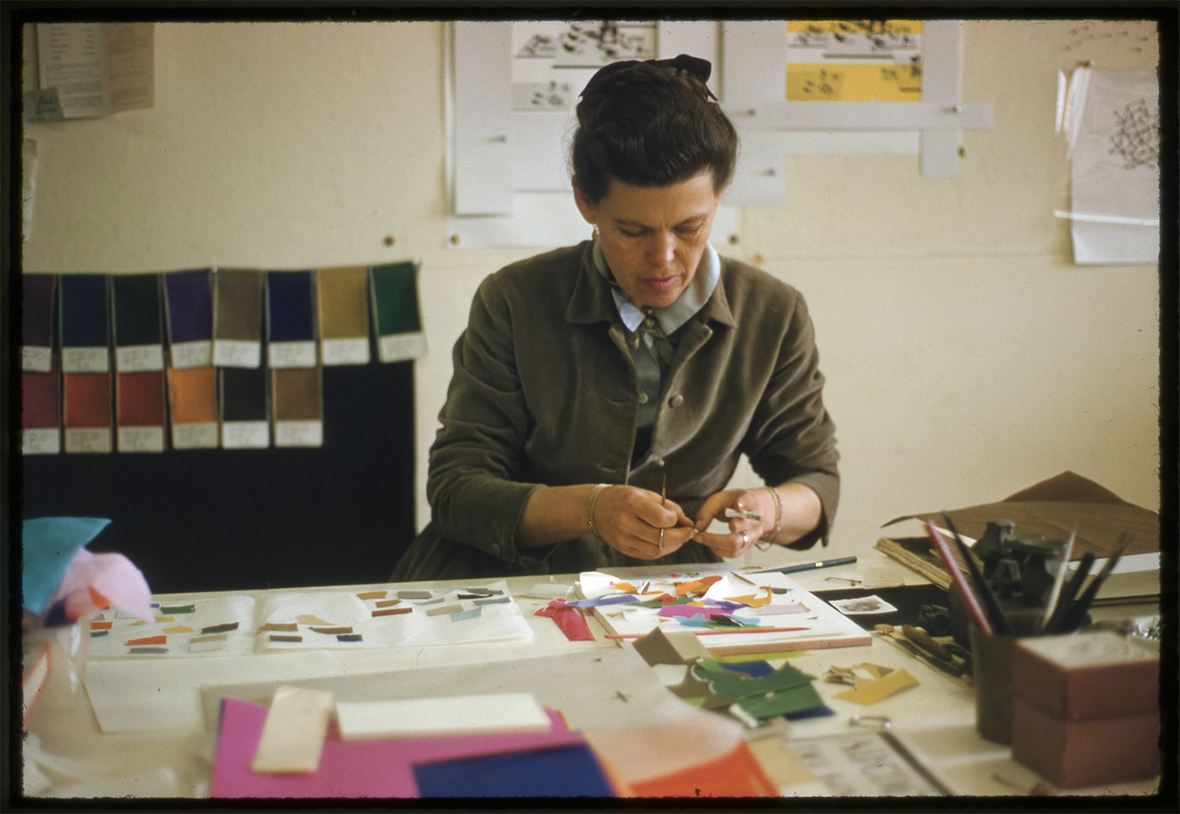
Ray did many things independently of her husband while also putting her painting skills to good use: she designed magazine covers, advertisements, and textiles. She extended her love of pattern and functionality to her own wardrobe, which she designed herself, with one indispensable element—a multitude of pockets. She liked to keep all sorts of useful knickknacks close at hand: change, magnifying glasses, hair clips, handkerchiefs, ribbons, fabric samples, and keys. Her clothes functioned as a kind of fashion toolbox, and in keeping with a criterion she maintained in all her designs, she also transformed her environment into a combination of practicality and aesthetics. But their first real financial breakthrough came with a military project: they were commissioned by the US Navy to make 150,000 splints from curved plywood for the wounded—along with the handsome pay, this is probably where their commitment to the material came from as well, as the splints were followed by a whole series of plywood furniture. Few people know it, but the couple also made movies, with dozens of films credited to their name. Ray survived her husband by ten years, and after her death, the Eames Office closed for good.
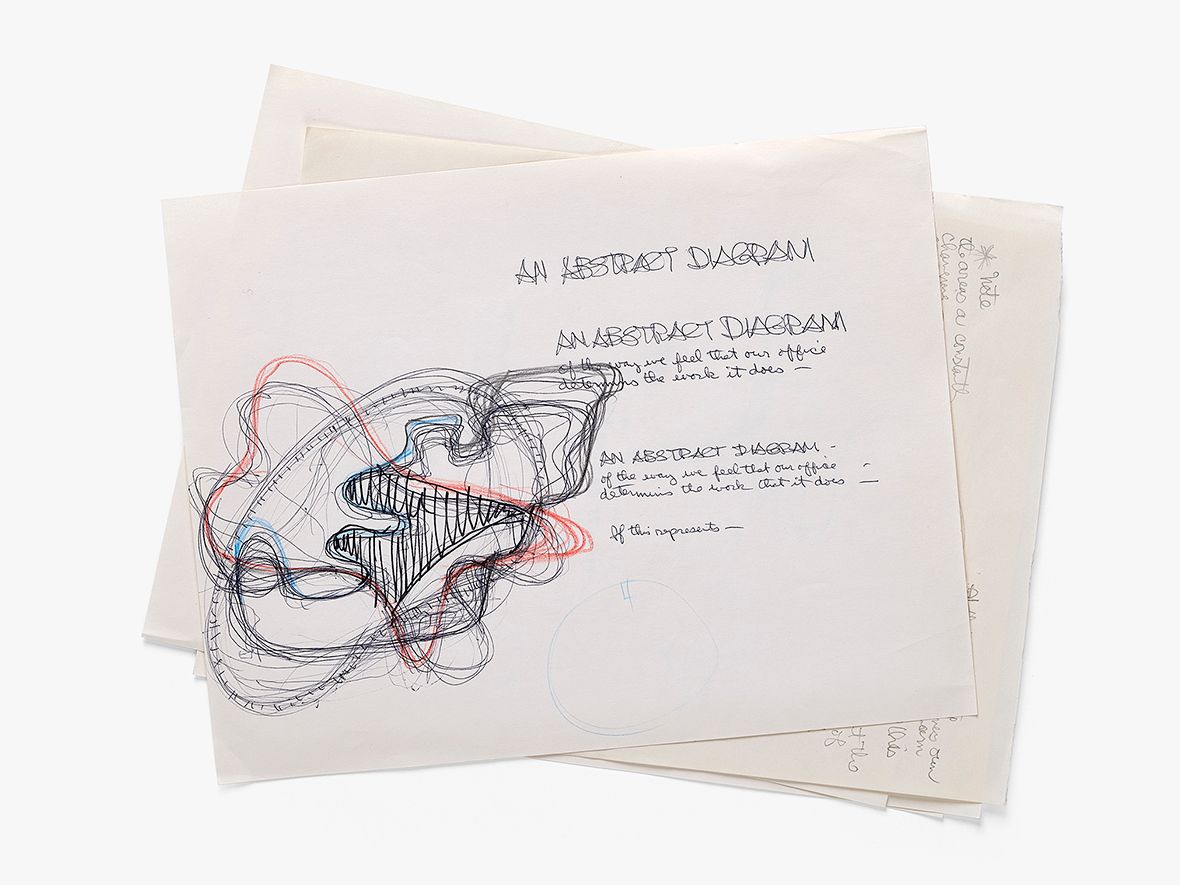
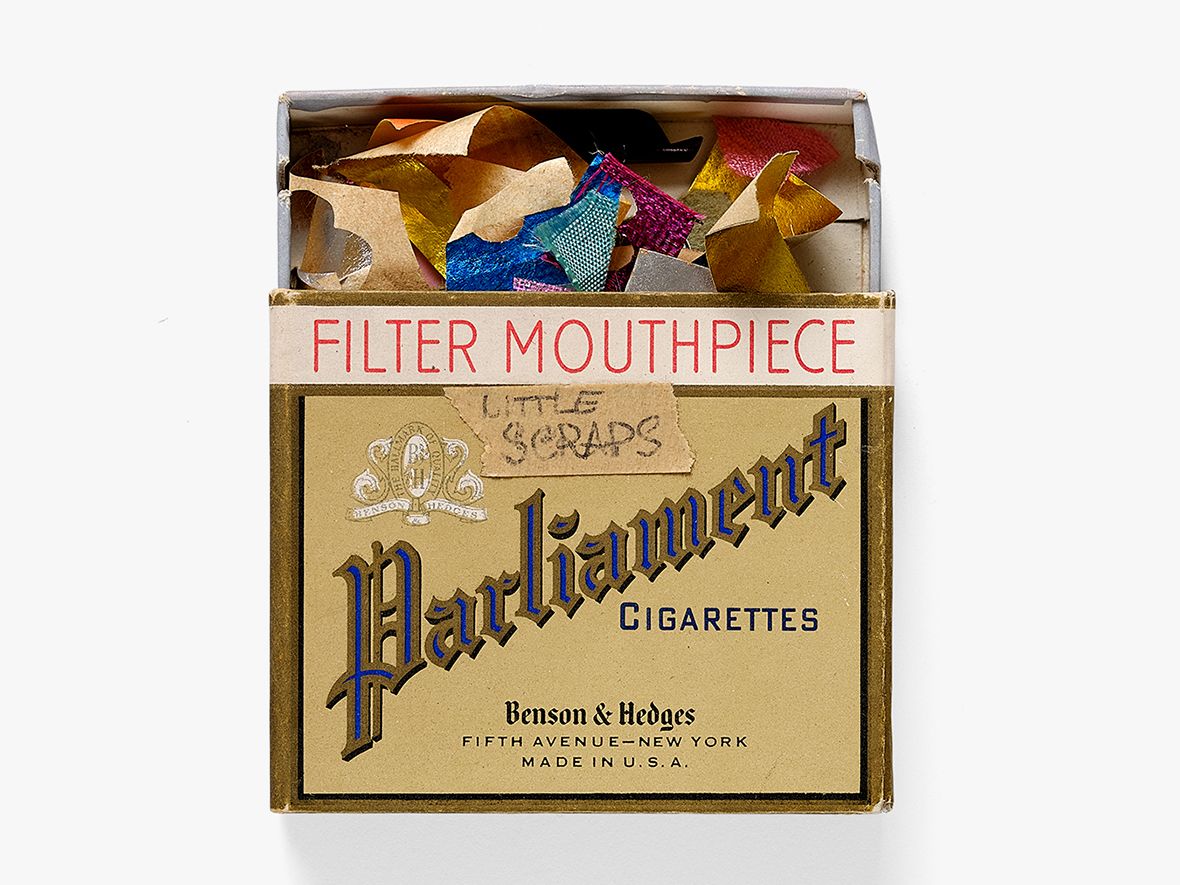
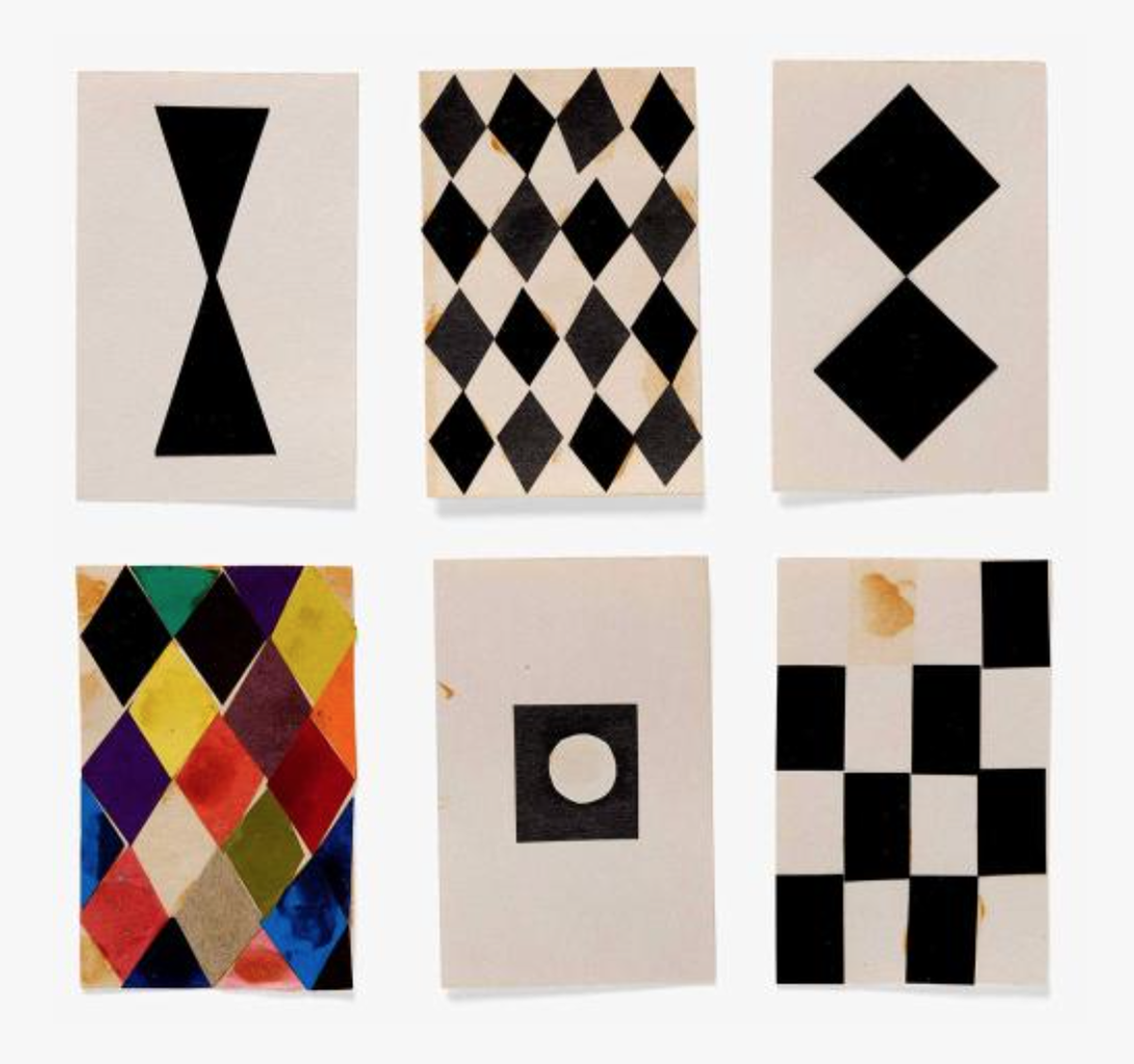
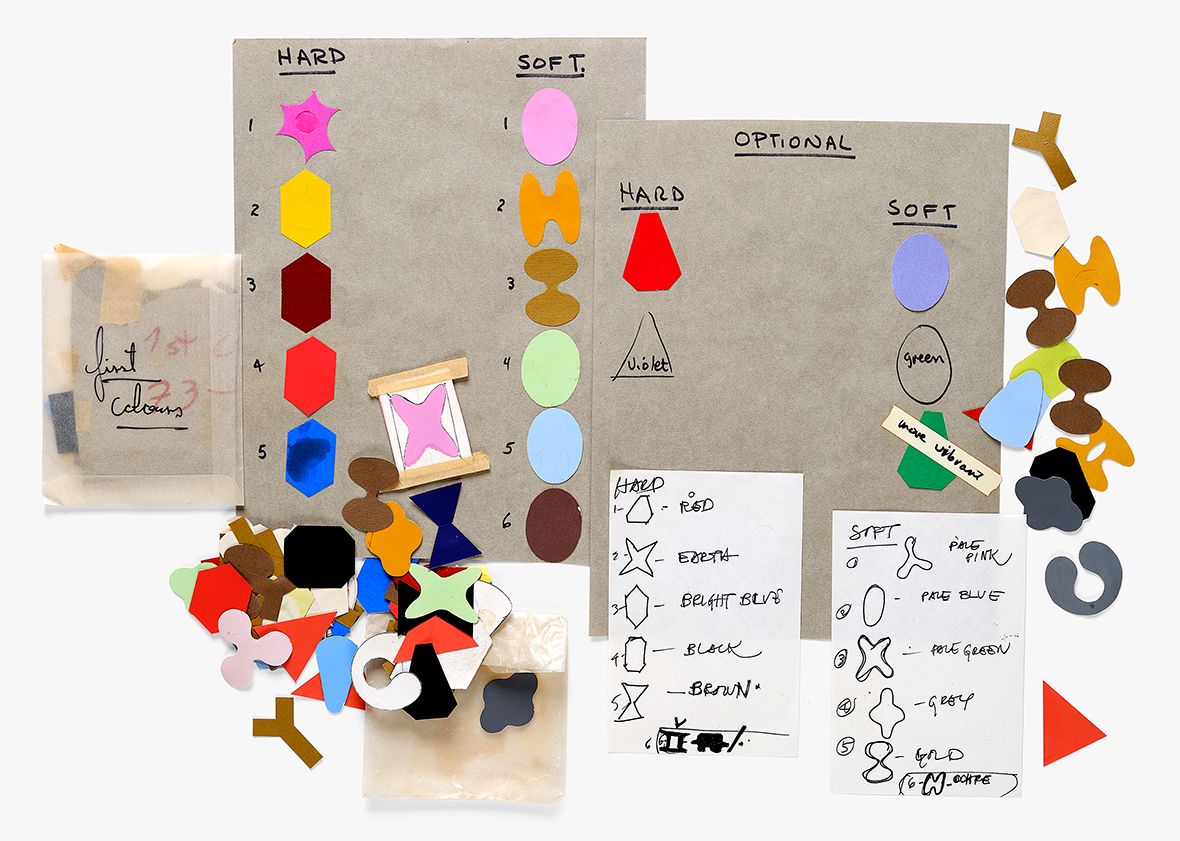
Posthumously honored
In the process of arranging the exhibition’s materials, a wealth of exciting documents were unearthed that no one had seen since the Eames Office closed in 1988: designs and tools that, in Ray’s hands, have become part of design history. And did she have a favorite design? According to Llisa Demetrios, it was never officially stated that one piece was more important to Ray than another, but according to the recollections of former colleagues, she was particularly fond of the curved plywood folding screen and the legendary Wire Chair Bikini Pad Edition, when the chair was given a two-piece swimsuit-like cutout cover. Her work was regularly underrated during her lifetime, and according to the unfortunate custom of the time, much of the credit was attributed to her husband. It is only in recent decades that her essential contribution has been more clearly recognized: the address of the Vitra headquarters in Basel was changed to Ray Eames Strasse 1 on the 100th anniversary of her birth, and there have been major specialist publications and exhibitions devoted to her.
The exhibition is available here.
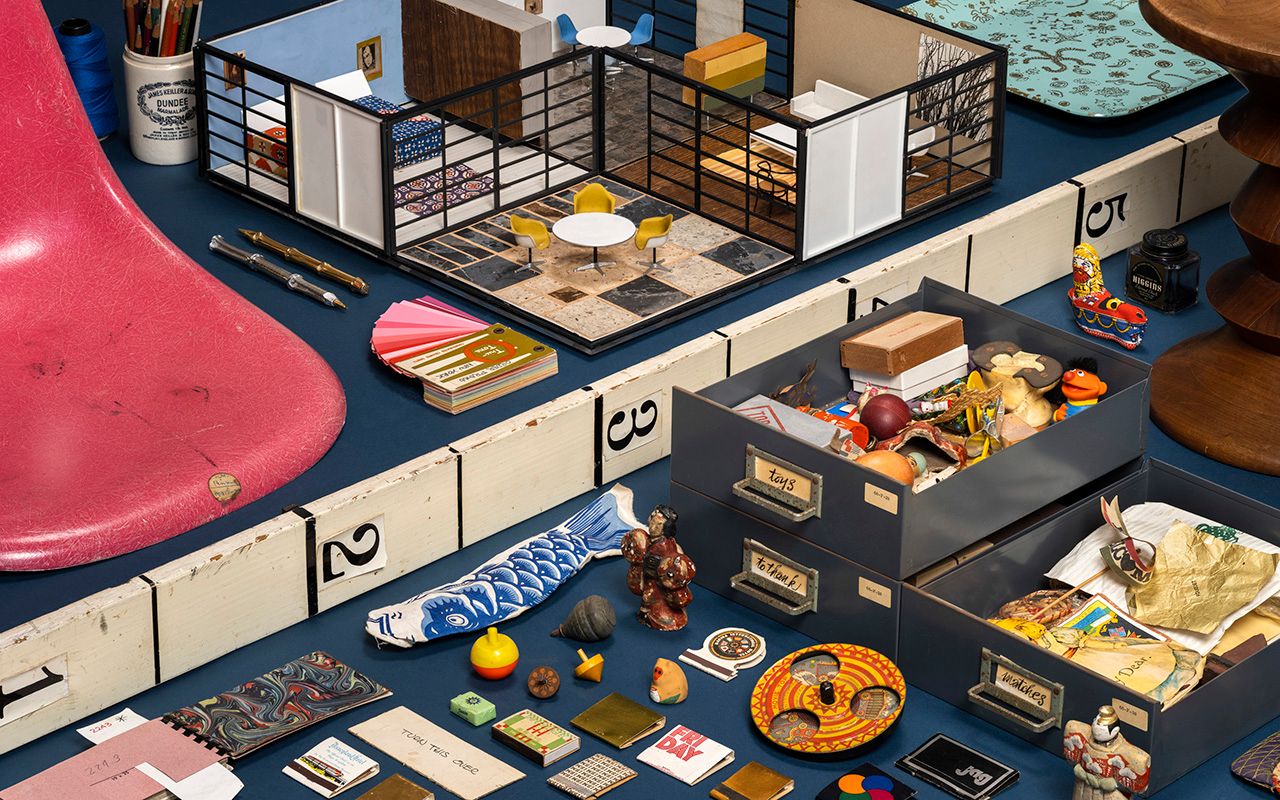
Source, video, and images: Eames Institute
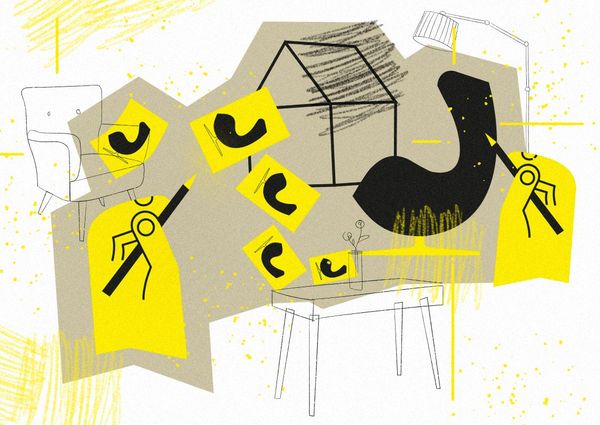
How does the crisis impact the Polish furniture industry?
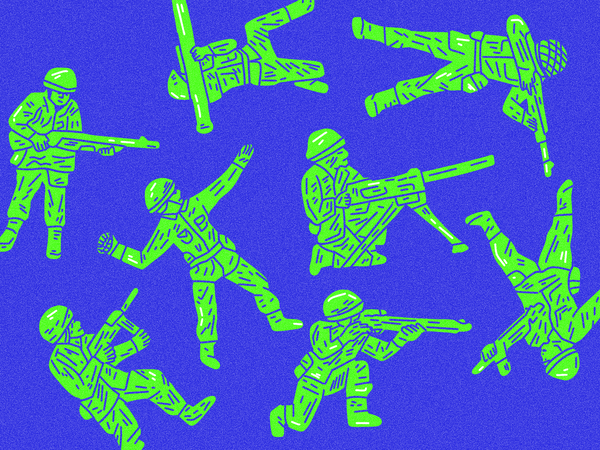
US withdraws Patriot missile defense system from Slovakia










